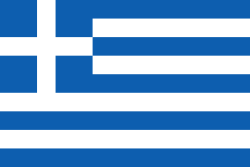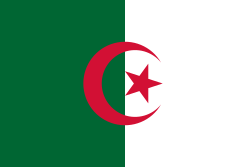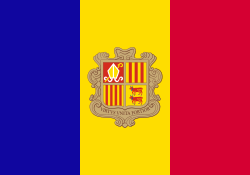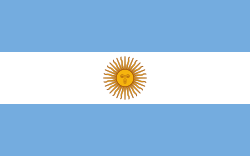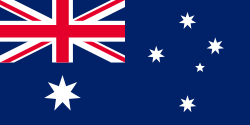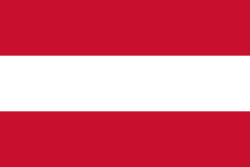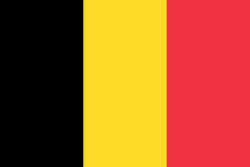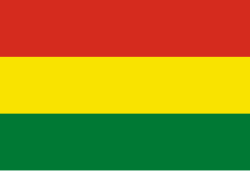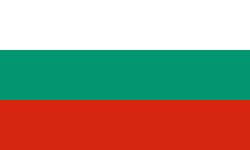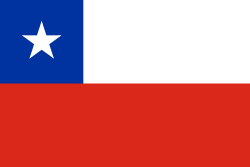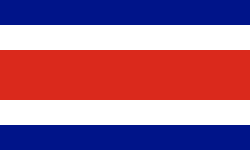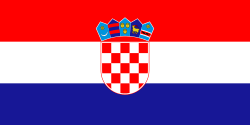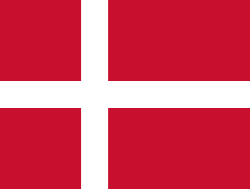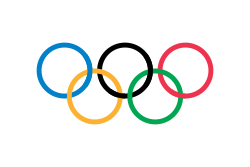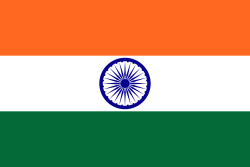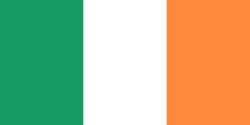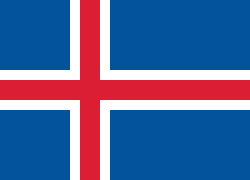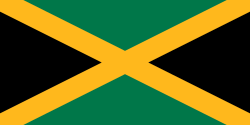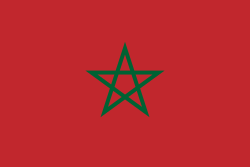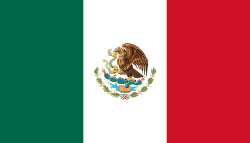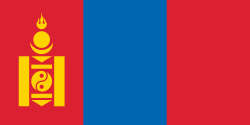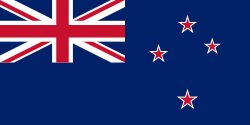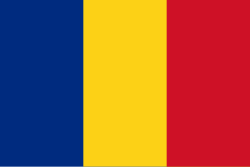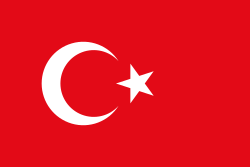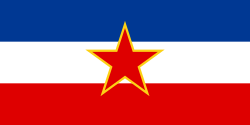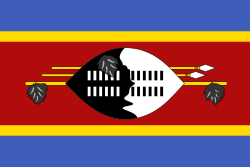Liste der Fahnenträger der Olympischen Winterspiele 1992
Die Liste der Fahnenträger der Olympischen Winterspiele 1992 führt die Fahnenträger bei der Eröffnungs- und Abschlussfeier auf.
Beim Einmarsch der Nationen zogen Athleten aller teilnehmenden Länder in das Théâtre des Cérémonies ein. Bei der Eröffnungsfeier wurden die einzelnen Teams von einem Fahnenträger aus den Reihen ihrer Sportler oder Offiziellen angeführt, der entweder von ihrem jeweiligen Nationalen Olympischen Komitee (NOK) oder von den Athleten selbst bestimmt wurde.
Reihenfolge
Der griechischen Mannschaft wurde traditionell der Platz an vorderster Stelle gewährt, ein Sonderstatus, der aus der Ausrichtung der antiken und ersten Spiele der Moderne in Griechenland herrührt. Frankreich marschierte als Gastgebernation zuletzt ein. Die anderen Länder betraten das Stadion in alphabetischer Reihenfolge in der Sprache der Gastgebernation, in diesem Fall also Französisch. Diese Reihenfolge entspricht sowohl der Tradition als auch den Statuten des Internationalen Olympischen Komitees (IOK).
Liste der Fahnenträger
Nachfolgend führt eine Liste die Fahnenträger der Eröffnungsfeier aller teilnehmenden Nationen auf, sortiert nach der Abfolge ihres Einmarsches. Die Liste ist zudem sortierbar nach ihrem Staatsnamen, nach Mannschaftskürzel, nach Anzahl der Athleten, nach dem Nachnamen des Fahnenträgers und dessen Sportart.
Nach Nationen
Nach Sportarten
Weblinks
Auf dieser Seite verwendete Medien
Pictograms of Olympic sports - Biathlon
Pictograms of Olympic sports - Cross country skiing
Pictograms of Olympic sports - Alpine skiing
Flag of Australia, when congruence with this colour chart is required (i.e. when a "less bright" version is needed).
See Flag of Australia.svg for main file information.Pictograms of Olympic sports - Speed Skating
Flagge Österreichs mit dem Rot in den österreichischen Staatsfarben, das offiziell beim österreichischen Bundesheer in der Charakteristik „Pantone 032 C“ angeordnet war (seit Mai 2018 angeordnet in der Charakteristik „Pantone 186 C“).
1910 Flag of Bermuda (with smaller coat of arms)
| Flagge von Bolivia* | |
|---|---|
| country | Template:I18n/Republic of Bolivia |
| genutzt von | Bolivia |
| von | 1851 |
| bis | Present |
| entworfen von | Government of Bolivia |
| Format | 15:22 |
| Form | Rechteck |
| Farben | Rot, Gelb, Grün
Flagge hat 3 horizontale Streifen |
| sonstige Eigenschaften | A horizontal tricolor of red, yellow and green. |
The flag of Brazil from 1968 to 1992 with 23 stars.
The flag of Brazil from 1968 to 1992 with 23 stars.
Flag of Canada introduced in 1965, using Pantone colours. This design replaced the Canadian Red Ensign design.
Das Bild dieser Flagge lässt sich leicht mit einem Rahmen versehen
Flag of South Korea from 21 February 1984 to 15 October 1997, when the exact colors were specified into their shades.
Das Bild dieser Flagge lässt sich leicht mit einem Rahmen versehen
Olympische Flagge
Pictograms of Olympic sports - Ice hockey
Flagge des Vereinigten Königreichs in der Proportion 3:5, ausschließlich an Land verwendet. Auf See beträgt das richtige Verhältnis 1:2.
Flagge des Vereinigten Königreichs in der Proportion 3:5, ausschließlich an Land verwendet. Auf See beträgt das richtige Verhältnis 1:2.
Man sagt, dass der grüne Teil die Mehrheit der katholischen Einwohner des Landes repräsentiert, der orange Teil die Minderheit der protestantischen, und die weiße Mitte den Frieden und die Harmonie zwischen beiden.
Flag of Italy from 1946 to 2003, when exact colors were specified.
Variant version of a flag of Japan, used between January 27, 1870 and August 13, 1999 (aspect ratio 7:10).
Variant version of a flag of Japan, used between January 27, 1870 and August 13, 1999 (aspect ratio 7:10).
Pictograms of Olympic sports - Short track speed skating
Pictograms of Olympic sports - Luge
The flag of San Marino, before the 2011 standardization
Flagge von Senegal
Pictograms of Olympic sports - Ski jumping
Die quadratische Nationalfahne der Schweiz, in transparentem rechteckigem (2:3) Feld.
Chinese Taipei Olympic Flag. According to the official website of Chinese Taipei Olympic Committee, Blue Sky(circle) & White Sun(triangles) above the Olympic rings is neither the National Emblem of the Republic of China, nor the Party Emblem of Kuomintang (KMT), but a design in between, where the triangles do not extend to the edge of the blue circle, as registered at International Olympic Committee in 1981 and digitally rendered in 2013. Besides, the blue outline of the five-petaled plum blossom is broader than the red one. Moreover, the CMYK code of the blue one and the Blue Sky & White Sun is "C100-M100-Y0-K0", and different from the Olympic rings (C100-M25-Y0-K0). Note that it's the only version recognized by IOC.
Flag of the Socialist Federal Republic of Yugoslavia (1946-1992).
The design (blazon) is defined in Article 4 of the Constitution for the Republic of Yugoslavia (1946). [1]
Pictograms of Olympic sports - Freestyle skiing
Olympic Rings without "rims" (gaps between the rings), As used, eg. in the logos of the 2008 and 2016 Olympics. The colour scheme applied here was specified in 2023 guidelines.
Olympic Rings without "rims" (gaps between the rings), As used, eg. in the logos of the 2008 and 2016 Olympics. The colour scheme applied here was specified in 2023 guidelines.
Pictograms of Olympic sports - Bobsleigh
Pictograms of Olympic sports - Nordic combined
Pictograms of Olympic sports - Figure skating
The flag of San Marino, before the 2011 standardization
